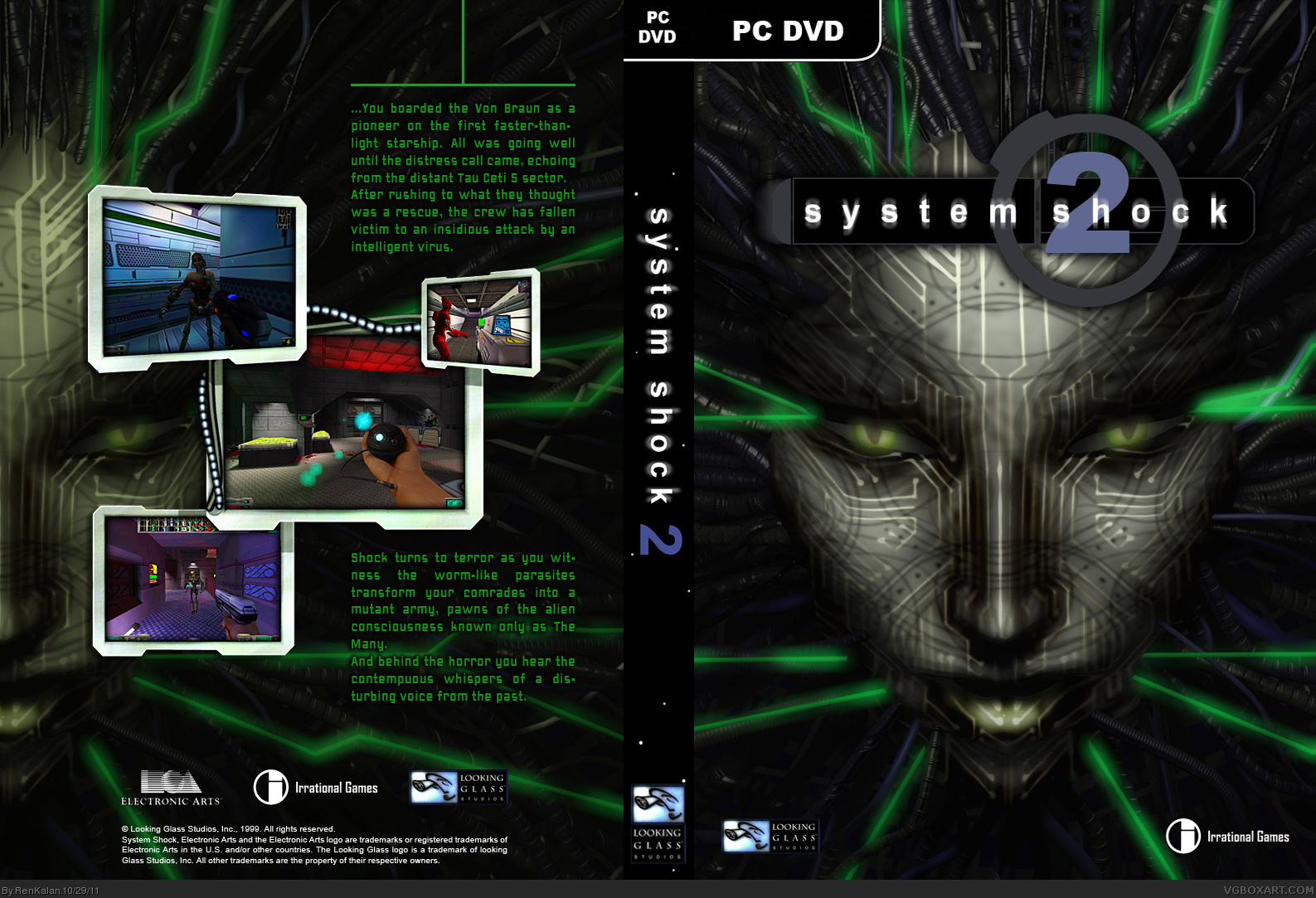
And what a difference those five years had made for the FPS: The 2.5D engines of DOOM and Duke Nukem 3D had given way to the polygons of Quake, and less than a year before System Shock 2's debut, Half-Life had revolutionized the concepts of narrative and immersion in the genre all at once. System Shock was a hit, but its sequel System Shock 2 didn't happen for nearly five years - something of an eternity in the '90s, when game development tended to transpire on much shorter timelines than they do today. It was far less of a pure RPG than Underworld, though it nevertheless retained essential elements of the genre: Statistics, skills, inventory menus, upgrades, and dialogue trees. As much survival horror and adventure game as shooter, it felt almost like a midpoint between rival studio Bungie's Macintosh cult classics Pathways Into Darkness and Marathon, offering the claustrophobic cyber-panic of the latter but narrative and mechanical depth reminiscent of the former. Looking Glass had drawn heavily on Ultima Underworld while developing the original System Shock - Warren Spector worked as a developer on both games before moving over to Ion Storm, where he developed the next iteration in the FPS/RPG, Deus Ex - casting aside the fantasy trappings of Ultima for a sci-fi odyssey seemingly inspired in equal parts by 2001 and Neuromancer. Hey, I know that lady from the cover art. but it was also deep and substantial, succeeding in a completely different respect from id's hit.

Compared to what DOOM would bring, Ultima Underworld felt glacial and cumbersome. Yet, at the same time, the window on the action is surrounded by a classic RPG frame that depicts icons for various actions, a text window, inventory items, and a breakdown of the protagonist's gear and stats. While not really a shooter in the modern sense - melee weapons were far more common than missile attacks, and the computer tallied attack damage with virtual dice rolls - it nevertheless feels like a proto-FPS in many ways.
SYSTEM SHOCK 2 MILITARY CHOICE FULL
Developed by Blue Sky Productions, Underworld had debuted nearly a full two years before DOOM, and it simplified the rules and mechanics of Ultima in order to make them work in the context of first-person action. It was Ultima Underworld that served as the inflection point for System Shock and its sequel, System Shock 2. DOOM had evolved from Wolfenstein 3D, and even that game was preceded by other attempts to codify FPS combat, including the multiplayer maze shooter Faceball 2000 and, to a certain extent, Origin's Ultima Underworld. Nor did DOOM single-handedly inform every shooter to come along for example, Looking Glass Studios' System Shock games have very little in common with DOOM besides simple player perspective. DOOM was by no means the first of its kind, nor were id the only ones attempting to create a revolutionary first-person shooting game at the time.


One of the most common tales people tell about video games is that the first-person shooter genre owes its entire existence to id's DOOM, without which there would be no Halo or Call of Duty or Metroid Prime. The evolution of video games resembles a complex web of both cause-and-effect and isolated events, and we can only write about what we've seen or read about. People writing about the history of video games tend to fall back on certain pre-set narratives, convenient shortcuts for contextualizing the past - something I've certainly been guilty of, despite my best attempts to do otherwise. Some content, such as this article, has been migrated to VG247 for posterity after USgamer's closure - but it has not been edited or further vetted by the VG247 team.

This article first appeared on USgamer, a partner publication of VG247.


 0 kommentar(er)
0 kommentar(er)
